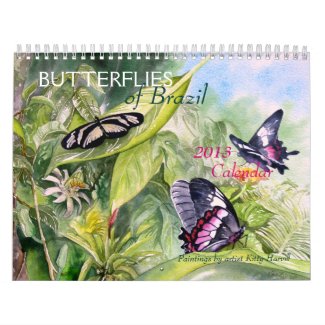The Lagoa do Parado, as I mentioned in my last post, is a very special place. I wanted to capture that feeling in a painting and so I chose this particular misty moment. The tree that you see in the foreground is the Araticum-do-brejo or Pond Apple in English. The scientific name is Annona glabra. These trees grow in marshy areas and often in clumps as you can see in my painting. The Lagoa has an unusual number of these "clumps", more than any other area in Brazil. In fact, so many that the word "Araticumzal" is used to refer to them. These trees also grow in Florida in the United States, especially in the Everglades.
The taller trees that you see in the background are Caixeta trees (or Caixetal to refer to a group of them). The scientific name is Tabebuia cassinoides. These are considered to be in the region of the Atlantic Forest while the Araticum-do-brejo is a tree of the restinga, or area between the coastline and the forest.
I used a gray-toned Pastelbord which gives it more stability. Tropical humidity can be a problem here, so this seems to be a better choice than paper. It has a slightly rough sanded surface to grab the pastel pigment. I did a quick gestural underpainting to establish the main shapes in dark green watercolor. Once that was dry, I began working directly with FABER-CASTELL pastel pencils. This was both an interesting and a fun change from my watercolors....and more to come.







